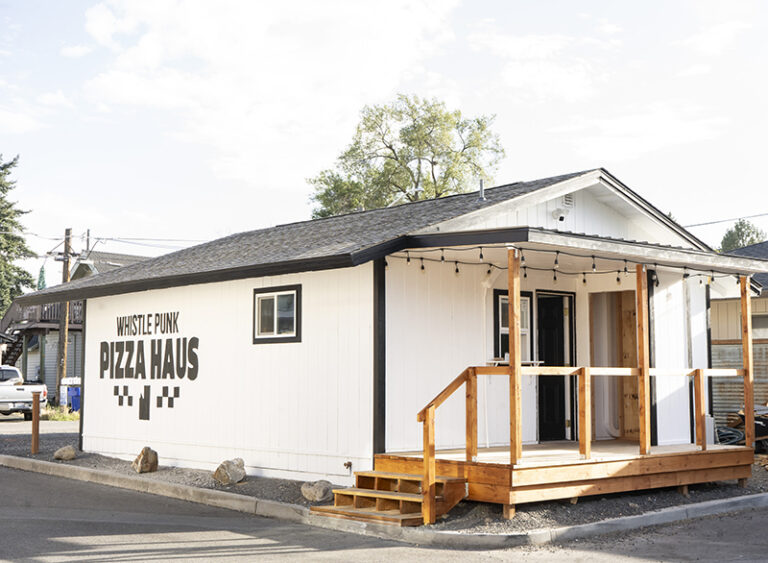Let’s just begin by addressing the reality that I never thought I would grow up to be a professional analyzer of poop. In fact, when I was a child, no one even told me that was an option or I might have begun my education earlier, seeing as I had an outhouse most of my childhood.
We spend a lot of time talking about what we put into our bodies and how it transforms into our structure and function. The topic of digestion beyond that seems to be an awkward black hole of vague suggestions with a few poorly placed puns.
The fascinating world of feces (yes, I just wrote that), however, applies to all of us. In fact, the mystery of commensal bacteria and probiotic function is unfolding around us every day as technology such as genome mapping uncovers new information about what those trillions of bacteria do. So here’s a little primer on poo, and more importantly, gut health.
Your body has about 30 trillion cells that make it up. Your microbiome has about 100 trillion cells. Let that sink in for a minute – you are outnumbered by your bacteria three fold. In fact, you have three to five pounds of bacteria in your gut right now. Roughly half the weight of your morning constitutional is estimated to be transient bacteria.
It is considered healthy and normal to have a daily BM, though some people have post-meal routines. What is not considered normal or healthy is every-other-day routines or less. Or significantly more.
Many people come to my office, claim to be once-a-weekers and state, “Yeah, but I’ve always been that way.” That does not mean it is healthy. It indicates slow transient time, and that can increase the growth of opportunistic pathogens, decrease probiotic count, and a host of other uncomfortable things we are loathe to experience or discuss.
Other rare conversation topics: consistency. We ought to be pitching that proverbial loaf on a regular basis. Loose stool can indicate poor fat and protein absorption or bacteria overgrowth. Compact stool can indicate poor fiber consumption, poor probiotic count, or dehydration.
So how do we create and sustain healthy digestion from top to bottom? Here are a few tips:
- Take probiotics and eat probiotic foods (kimchi, sauerkraut, kombucha). These transient bacteria such as lactobacillus and bifida strains are responsible for a host of tasks in your gut. They make digestive enzymes, they aid significantly in the development of our immune system, vitamin synthesis, and serotonin production. Numerous studies correlate specific strains to everything from UV protection to blood pressure regulation.
- Eat more fiber. No, really: EAT MORE FIBER. I’m not just talking about whole grains here but the fantastic fibers and resistant starches that we find in vegetables and some uniquely prepared foods. It is often that people tell me they eat plenty of vegetables but their bacteria analysis indicates otherwise. “Plenty” of vegetables means that about half your plate every meal is vegetable. Also, corn and potatoes, surprisingly, are not vegetables.
- Limit the consumption of foods that disrupt gut bacteria, cause inflammation, or inhibit absorption. Hard alcohol is a good start – it can promote the growth of pesky bacteria and decrease probiotic count. Over-consumption of starchy foods can feed bacteria that create microfilms making it difficult for probiotics to colonize. Too much sugar can promote the growth of yeast forms in the intestine, making absorption of nutrients a challenge.
For the most part, eating a rich, nutrient-dense diet with probiotic foods should do the trick. But if you’re not sure where you are, the next time you’re reading the paper over the toilet you might just take a moment to ponder the health of your production. After all, the proof is in the pudding. //
When Ammi Midstokke is not chasing her first love (trails), she is preaching her second (food) as a Nutritional Therapist. She wrote about microbiomes in April.













